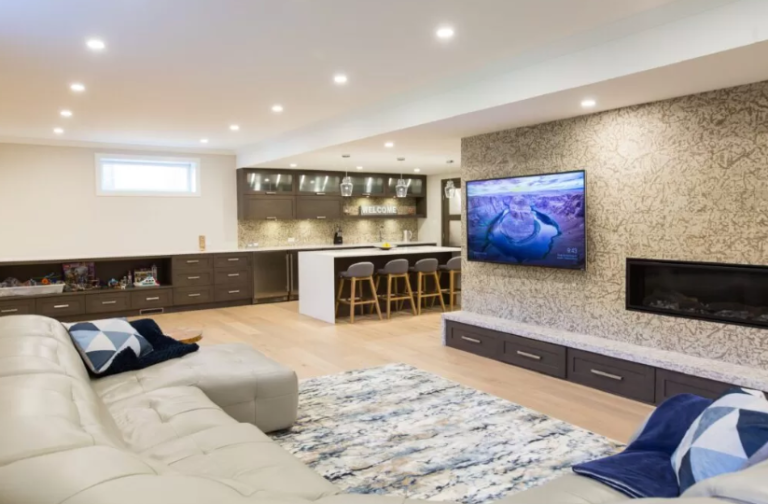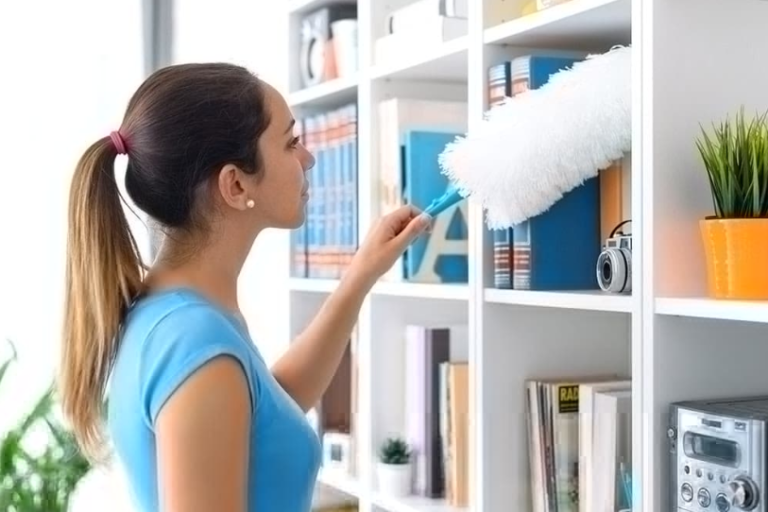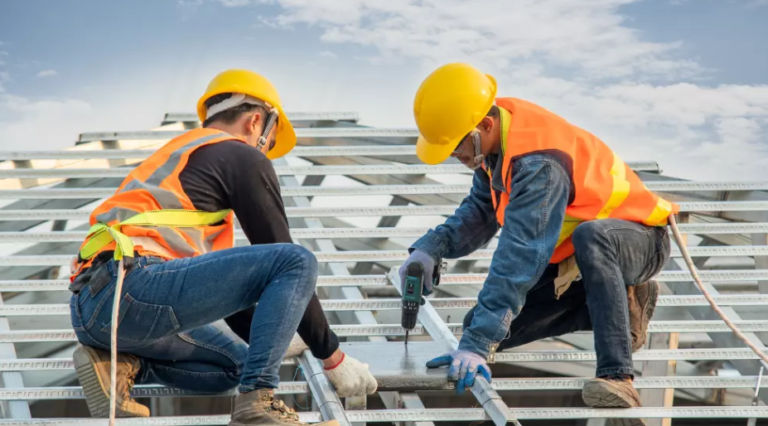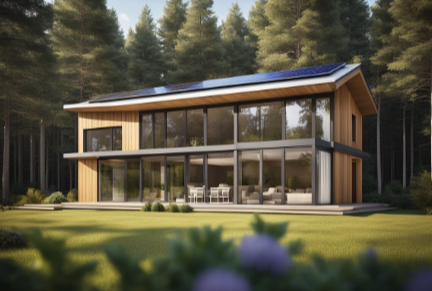How to Design an Outdoor Shade Area That Works All Year Round

Do you love your backyard but only use it a few months each year? Many homeowners face the same problem. Their outdoor space sits empty during scorching summer days and chilly winter afternoons. The truth is, with smart planning, you can create a shade area that works beautifully in every season. This guide will show you how to design an outdoor space you’ll enjoy all year long, no matter what the weather brings.
Why Year-Round Shade Design Matters
Creating a shade area that works in all seasons isn’t just about comfort. It’s a smart investment in your home and lifestyle. A well-designed outdoor space extends your living area and gives you more room for family gatherings, weekend barbecues, and quiet morning coffee breaks.
Good shade design also protects your outdoor furniture from sun damage and weather wear. This means your cushions, tables, and chairs will last much longer. Plus, strategic shading near your home can reduce indoor cooling costs by blocking hot afternoon sun from hitting your windows. Many homebuyers look for homes with functional outdoor spaces, so a year-round shade area can even boost your property value.
Choose the Right Shade Structure for Your Climate
The first step in creating an all-season outdoor area is picking the right shade structure. Your choice depends on your local weather and how you want to use the space.
Fixed vs. Flexible Options
Fixed structures like pergolas, pavilions, and gazebos offer permanent protection. They’re sturdy and can handle heavy rain, wind, and snow. These work well if you need reliable coverage in one spot.
Flexible solutions give you more control over sun and shade. Retractable awnings let you pull back the cover when you want more light. Custom Shade Sails offer a modern, stylish option that you can adjust for different seasons. They’re durable, weather-resistant, and can be designed to fit any outdoor space perfectly. Shade sails work especially well when you want good coverage in summer but more sunlight during cooler months.
Consider Your Local Weather Patterns
Your local climate should guide your shade choices. If you live in a hot area with intense sun most of the year, solid roof covers work best. Look for materials that block UV rays and keep heat out.
In places with changeable weather, retractable or adjustable systems give you the best of both worlds. You can extend coverage during rain or strong sun, then pull it back on nice days.
For true year-round use, many people choose a combination approach. They might install a fixed pergola with removable shade panels or mix permanent structures with flexible shade sails.
Design for Summer Comfort
Summer is when most people use their outdoor spaces the most. Your shade design needs to handle hot days and strong sun.
Position your shade to cover key areas during the hottest parts of the day. This usually means protecting west-facing spaces from afternoon sun. Make sure your dining table, lounge chairs, and play areas stay cool when temperatures peak.
Pick materials that block UV rays effectively. Dense fabrics and solid roofing materials work better than thin, loosely woven options. Light colors reflect heat instead of absorbing it, which keeps the area cooler.
Don’t forget about air flow. Solid roofs without any ventilation can trap hot air underneath. Leave gaps for breezes to flow through, or choose designs with adjustable louvers. Good ventilation makes a huge difference in how comfortable your space feels on hot days.
Plan for Winter and Cooler Months
Many people forget about winter when designing outdoor shade. But with the right approach, you can enjoy your outdoor space even in cooler months.
Retractable shade options let you pull back coverage when you want more sun. Winter sunlight can actually help warm your outdoor area naturally. You might want full coverage in July but appreciate open skies in January.
If you plan to use your space in winter, think about adding heat sources. Covered areas work great with outdoor heaters, fire pits, or fireplaces. The shade structure keeps heat from escaping upward, making your heating more effective.
Consider wind protection too. Side screens or panels block cold breezes without cutting out all the light. This creates a more comfortable space during shoulder seasons when temperatures are mild but wind makes it feel colder.
Choose weatherproof materials that can handle rain, snow, and freezing temperatures without damage. Quality shade structures should last through harsh winter weather and still look great come spring.
Smart Material Choices
The materials you choose determine how well your shade area holds up over time. Invest in quality from the start to avoid repairs and replacements later.
For fabric shades, look for UV-resistant, weatherproof materials. These fabrics won’t fade quickly in bright sun and can handle rain without growing mold or mildew. Marine-grade fabrics work especially well because they’re designed for harsh outdoor conditions.
Frame materials matter just as much. Aluminum frames resist rust and need almost no maintenance. Treated timber gives a natural look and can last decades if properly sealed. Avoid untreated wood or low-quality metal that will corrode or rot within a few years.
Think about maintenance too. Some materials need regular cleaning and sealing, while others just need an occasional rinse with a hose. Choose options that fit your lifestyle and how much time you want to spend on upkeep.
Add Flexibility with Adjustable Features
The most successful year-round shade areas include adjustable elements. These let you control how much sun and protection you get throughout the year.
Retractable awnings are popular because they’re easy to use. Pull them out when you need shade, retract them when you don’t. Many modern versions come with motors and remote controls for effortless operation.
Louvered roofs take flexibility further. You can open the slats to let in light and air, or close them for full protection from sun and rain. This works perfectly for spaces where weather changes quickly.
Removable shade sails give you seasonal options. Install them in spring for summer coverage, then take them down in fall to let winter sun through. They’re lightweight and easy to handle, making seasonal changes simple.
Side curtains or screens add another layer of control. Use them to block low-angle sun, create privacy, or shield your space from wind. Roll them up when you don’t need them.
Enhance Your Space with Extra Features
Once your basic shade structure is in place, extra features can make your outdoor area more comfortable and usable.
Outdoor lighting extends your space into evening hours. String lights create ambiance, while recessed lights in pergola beams provide practical illumination. Solar options are easy to install and cost nothing to run.
Ceiling fans improve air circulation under covered areas. They help on hot days and can even be useful on cool evenings by moving warm air from heaters throughout the space.
Heating elements like infrared heaters or fire features let you use your outdoor area on chilly nights. Combined with good shade coverage, they create a cozy outdoor room you’ll want to use even when temperatures drop.
Side screens protect from wind and add privacy. Clear vinyl screens let light through while blocking wind. Fabric screens offer more privacy and shade.
Conclusion
Designing an outdoor shade area that works all year round takes planning, but the results are worth it. Start by understanding your local climate and weather patterns. Choose shade structures that give you flexibility for different seasons. Mix permanent elements with adjustable features for the best results.
Pick quality materials that will last through sun, rain, wind, and snow. Think about both summer cooling and winter warmth. Add features like lighting and heating to extend your outdoor season even further.
With smart design choices, you can transform your outdoor space into a comfortable area you’ll use and enjoy twelve months a year. Your backyard will become a true extension of your home, ready for family time, entertaining, or peaceful relaxation no matter what season it is.






